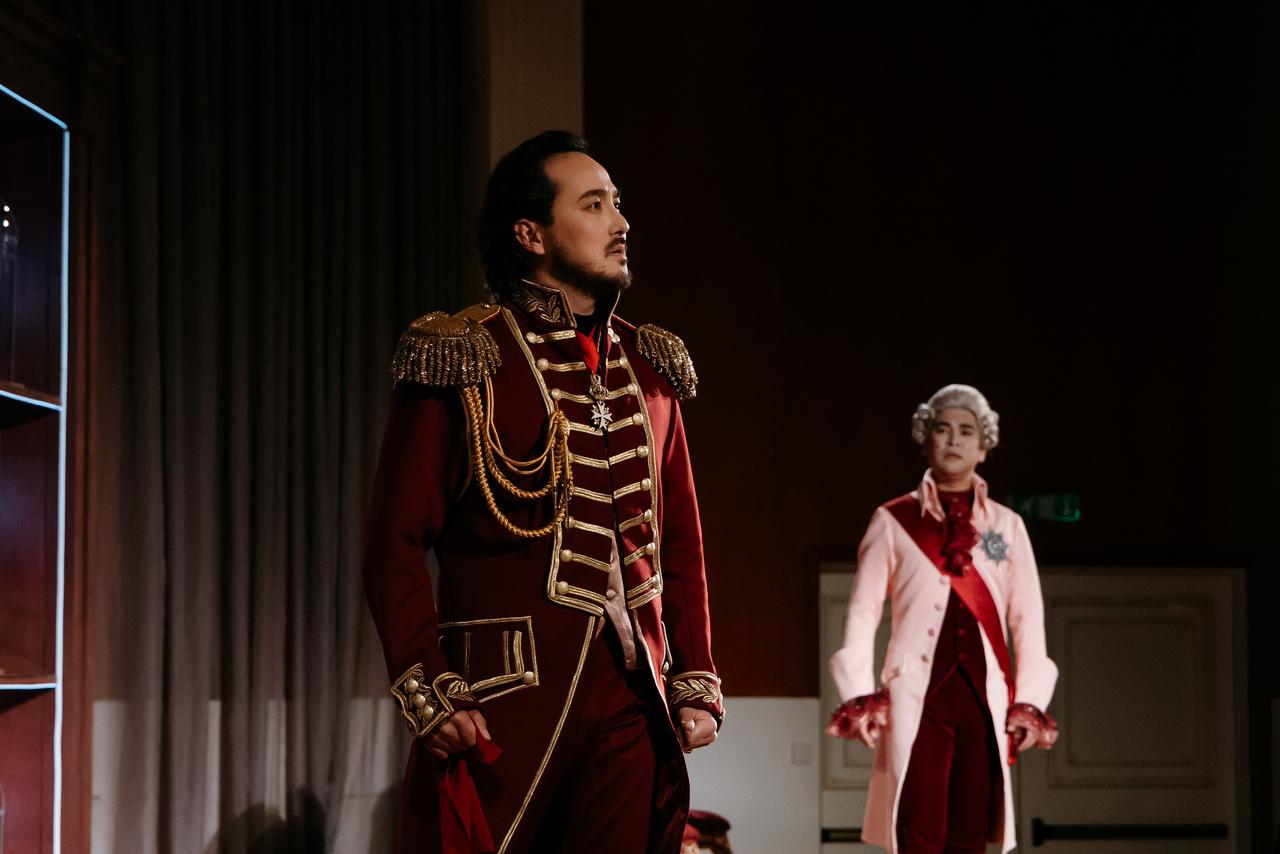Premiere of the opera "Furious Orlando" took place at the Astana Opera House

Antonio Vivaldi wrote "Furious Orlando" in 1724, inspired by the epic poem of the same name by Ludovico Ariosto, which by that time had already gained popularity as a literary masterpiece. In the new opera, the composer made the most of the possibilities of music to emphasize the emotional depth of the characters and the dramatic intensity of the events. Contrary to the general tradition, which presupposed a strong orientation towards vocal decorations and spectacular arias, Vivaldi focused on the development of the characters of the heroes and the symphonic accompaniment. The music is distinguished by the complexity of harmonic solutions, contrasts of timbres and rhythms, which especially emphasize the madness of the main character - Orlando, who lost his mind due to unrequited love for Angelica.

The part of Orlando was presented by Rasul Zharmagambetov and Sultan Bakytzhan, who managed to convey the entire palette of emotions laid down by Vivaldi. This is one of the most complex characters in the opera, as it requires not only pure vocals, but also deep psychological study. Alcina, performed by Tatyana Vitsinskaya and Saltanat Muratbekova, became a real central figure of the performance, as was intended by the production group. Their heroine is a cunning sorceress, a researcher of the human soul, a master of alchemy, playing with the fates of the heroes as ingredients in her vial. The artists masterfully conveyed the tragic power of their heroine, whose actions were driven by a thirst for power and a deep desire to remain immortal.

The chamber orchestra, under the direction of the conductor-director, Honored Worker of Kazakhstan Abzal Muhitdin, emphasized the contrasts in Vivaldi's music - from dynamic storms of passions to quiet, lyrical moments. The scenery and costumes of the famous set designer Manana Gunia recreated the atmosphere of a long-gone era. Military costumes conveyed the spirit of heroism, and luxurious dresses with embroidery, decorated with stones, and costumes of fantasy characters emphasized the artist's non-trivial view of popular world classics. The magic of the lighting effects, created by Sergey Kulak, reinforced the impression that the action takes place inside a giant flask, where the heroes become objects of experimentation.
The premiere of the performance confirmed that the Astana Opera project theater Piccolo, implemented five years ago, continues to develop as a unique platform for chamber performances.